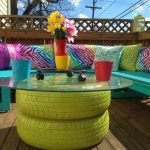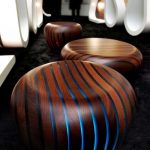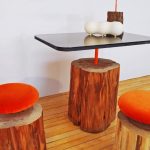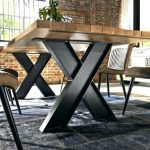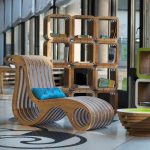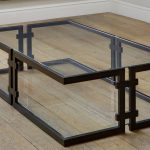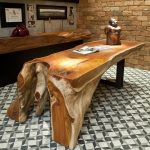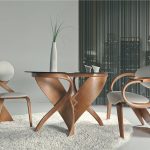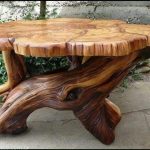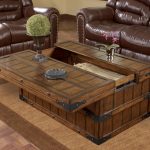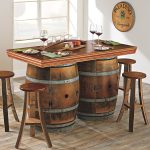Materials for making furniture
Sofas and chairs, wardrobes and shelves - all this surrounds us everywhere, it is already impossible to imagine life without furniture today. And in many ways, the functionality and convenience of interior items depends on the materials from which they are created. What are the most popular materials for making furniture?

Popular materials
Most often, wood is used for the manufacture of furniture. It can be either natural or in the form of wood-based panels. The last option is more budgetary, and, as a result, more in demand.
Chipboard
Particleboard owes its popularity to its affordable cost. This material is used to make both upholstered and cabinet furniture, both for offices and apartments. Chipboard is made from waste of the woodworking industry, from sawdust, which are glued together with a special composition and pressed. And on top, the slabs are covered with enamel and laminated.

Chipboard is divided into two types: E1 and E2. The latter is distinguished by a high content of formaldehyde resins.
Advantages of chipboard:
- A large assortment;
- Affordable cost.
Disadvantages:
- In rooms with high humidity, chipboard begins to crumble and emit an unpleasant "chemical" odor;
- The impossibility of creating small carved and graceful elements;
- It looks not very respectable, not always a high-quality assembly;
- Self-tapping screws, screws and other fasteners often "fall out" from the chipboard.

When purchasing furniture made of chipboard, be sure to ask the sellers for certificates of quality and conformity, because furniture made from low-quality raw materials can be dangerous to the life and health of your family.
Chipboard
Particle boards covered with a special laminated film. This material "feels" better than chipboard in rooms with high humidity and is not so susceptible to temperature extremes. The boards are made from wood fibers bonded with artificial resins. During the production process, the pulp is pressed and sanded, and then covered with a polymer film.

The most expensive types of laminated chipboard are coated with a special varnish that protects against moisture and mechanical damage. This material is used for the manufacture of furniture for various purposes, including kitchen sets. Chipboard is the best material for the manufacture of cabinet furniture. The cost of such interior items is more than affordable.
"Pros" of laminated chipboard:
- The material is resistant to high humidity and temperature extremes;
- Budget cost;
- Ease of processing.
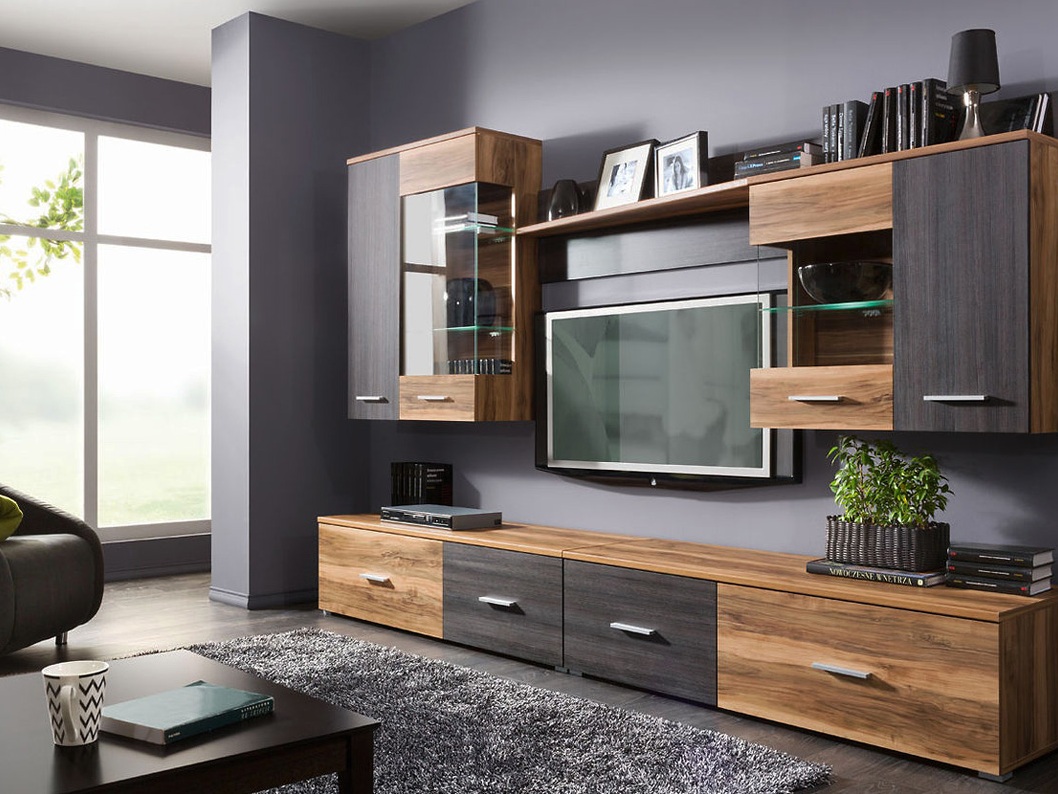
Well, speaking of the shortcomings, first of all, they mention fragility. The best forecasts promise no more than 10 years of operation.
MDF
Another "relative" of wood-based panels. The main difference between the material is that wood dust and only natural binders are used for its production: paraffin and lignin.And since modern MDF does not contain formaldehyde, it can be used to create any furniture, including children's furniture.

Advantages:
- Not affected by moisture and steam;
- The material is very plastic, and interior items of various shapes (convex or concave) are made from it;
- MDF is distinguished by its aesthetic appearance and decorativeness;
- A large color palette of this material is offered;
- High density guarantees the reliability of fasteners and fittings.
The only drawback, and that is relative, is the cost, in comparison with other wood-based panels MDF is the most expensive material.

Solid wood
This material is environmentally friendly, made from solid wood blocks. There is also a glued array, which consists of separate layers of wood, tightly connected into a single whole.
Glued wood is cheaper, however, in terms of strength and aesthetic indicators, it is practically not inferior to solid wood. Most often, conifers are used for the manufacture of furniture, as well as oak, cherry, ash. These types of wood are considered premium materials.

There are many advantages of natural wood furniture:
- Great appearance;
- Wood is able to normalize the indoor climate by releasing or absorbing moisture, depending on the level of humidity;
- Long period of operation, durability of products;
- Ease of use;
- In case of damage, restoration is possible.
There are also "disadvantages" of natural wood interior items:
- Heavy weight. This becomes especially evident during transportation or rearrangement of furniture;
- They do not tolerate high temperatures: products begin to dry out;
- Susceptible to mechanical stress. With careless use, scratches and stains appear on the surface of the furniture.

Furniture items made of natural wood look appropriate in living rooms, in offices, and in other rooms where there are increased requirements for respectability and beauty.
Fiberboard and veneer
Fiberboard (Fibreboard) is used in furniture production is very, very limited. They are used to make the back sides of the cabinets, the bottom for the drawers. This narrow application is due to the fact that the slabs are unable to withstand even medium loads. Fiberboard is made from wood fibers, passing raw materials under a special press.

Veneer is the top layer of wood that is removed during processing. Veneer thickness 1 mm. This material is used for finishing chipboard. It is thanks to the veneer that wood counterparts become similar to a natural solid wood.
The advantages of materials are environmental friendliness, affordable price and lightness. And there is only one drawback - low strength.

Laminate and PVC
These are not independent materials for the manufacture of furniture, but options for covering all kinds of wood-based panels. Thanks to lamination and PVC films, the surfaces acquire an aesthetic appearance. The main advantages of lamination and PVC films are a huge color palette of possible options and an affordable price. And the disadvantages include the fragility and impossibility of restoration.

Metal
For high-tech rooms, metal furniture is the best option. Also, the metal is used for garden and outdoor interior products.In combination with glass, even heavy and durable metal leaves a feeling of lightness and airiness.

Advantages:
- Long service life;
- Durability and reliability;
- Acceptable cost.
Speaking of the disadvantages, it is worth mentioning that not every piece of furniture can be made of metal. For example, a metal cabinet in a living room will look at least inappropriate. In addition, for some, metal is a material, things from which will not make the interior cozy and pleasant. But here, as they say, is a matter of taste.

Plastic
It is impossible to imagine garden decoration, catering establishments and office premises without plastic furniture. Today, almost any furniture is made of plastic: tables, chairs, armchairs, cabinets, shelves, benches, sun loungers.

The main advantages of the material are lightness, a variety of colors, the ability to create various designs, easy transportation, ease of use and uncomplicated care.
Of course, there are also disadvantages: such furniture will not complement every stylistic solution to the interior, it is very susceptible to temperature extremes, and does not tolerate either extreme heat or excessive cold. And under the influence of high temperatures, toxic substances can be released.
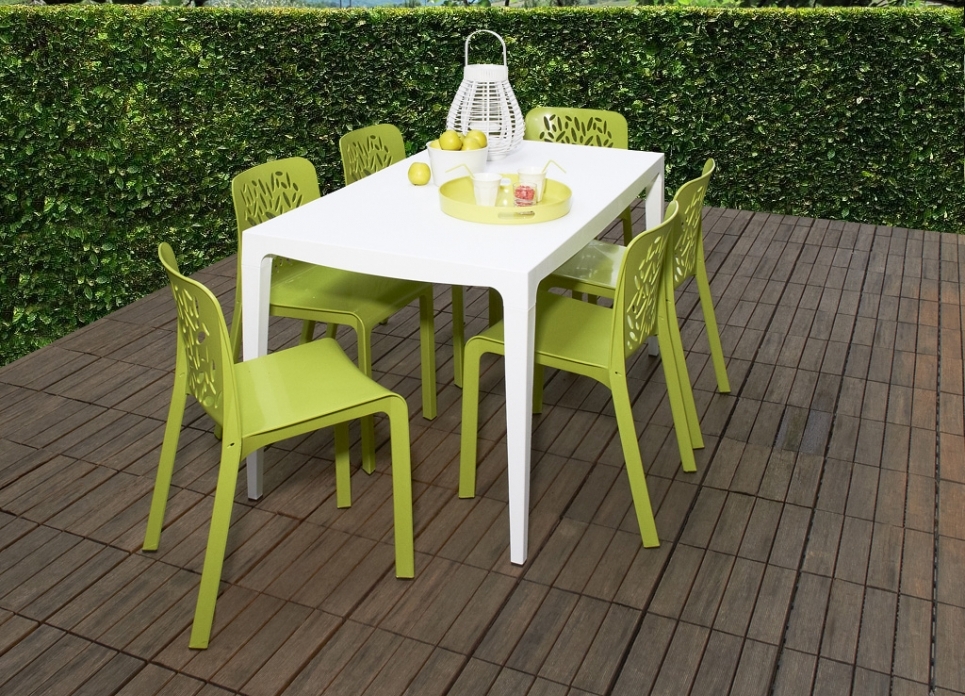
Glass
Objects made entirely of glass are not so common, but glass parts have been used as separate elements for a long time. Countertops, shelves, cabinet doors, as well as bar counters have long become an integral part of many pieces of furniture and interiors.

Advantages:
- Glass elements add lightness and airiness to any design;
- Ideal for small rooms - visually expands the space;
- There are many options for finishing glass surfaces: dullness, dusting, finishing with decorative stones, rhinestones, sandblasting technology, the effect of broken glass;
- Strength. No matter how strange it may sound, but products made of modern glass, a table, for example, can withstand loads of up to 100 kilograms or more.
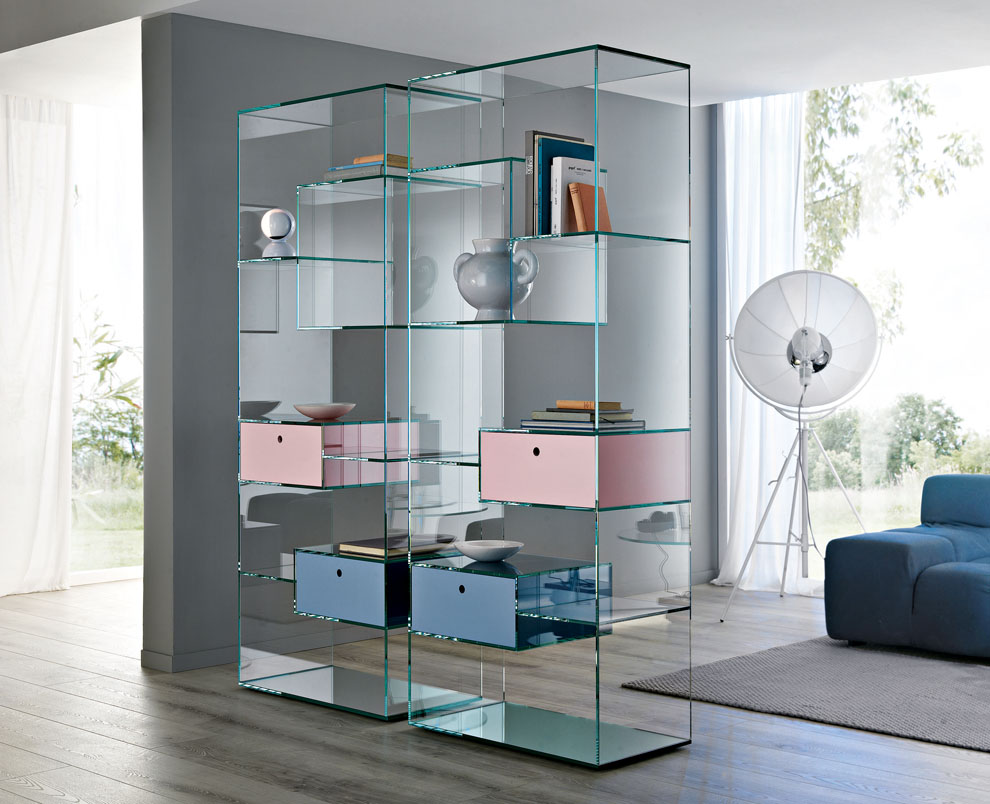
The main disadvantage is the need for proper care so that stains and streaks do not remain on the glass surface. In addition, glass can be traumatic (if it is not a special hardened compound), and is not suitable for every interior solution. In particular, glass is not used for the interior design of children's rooms.
Fittings
Furniture fittings are subdivided into interior and exterior. The inner one includes hinges, door stoppers, stoppers, brackets, fastening strips, and the outer hardware includes handles, supports, plugs and legs. External elements are made of materials with high decorative properties, while for internal fittings, reliability is more important.

Experts divide the fittings depending on the technical functions:
- For connecting parts to each other: all kinds of guides, handles, legs and fasteners;
- Swivel mechanisms: hinges, bearings, so-called swinging devices;
- Transformation mechanisms: roll-out devices, lifters for tabletops and seats, recliners.
It is worth noting that quality fittings are a serious investment. According to experts, its price can reach up to 15% of the cost of a furniture set.But such expenses are quite justified, since it is the low-quality fittings that start to fail in the first place, and not wood, metal or chipboard. And if the fastener is broken or "fell out", it is not always possible to repair it.

Original ideas
Today, furniture is made not only from the materials listed above. Craftsmen are able to literally turn everything that is at hand into a work of interior art. Warehouse pallets, tires, old metal drums, and used household appliances are actively used.
Stylistic trends such as country, loft or Provence are generally impossible to imagine without a variety of hand-made interior items, including furniture.
Finally, an original idea is always exclusive, and it does not matter for which room you create interior items - for an office, a restaurant or your own bedroom - rest assured that this design solution will be unique, one of a kind.

And yet, ultimately, it's up to you to decide. What do you prefer: aesthetics and respectability, or affordability and the ability to soon change furniture for new and more modern ones. Are you ready to incur serious financial costs and purchase interior items made of natural wood, or do you prefer modern design solutions. The main thing is that you like the furniture.
Video: how to choose materials for making furniture



